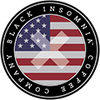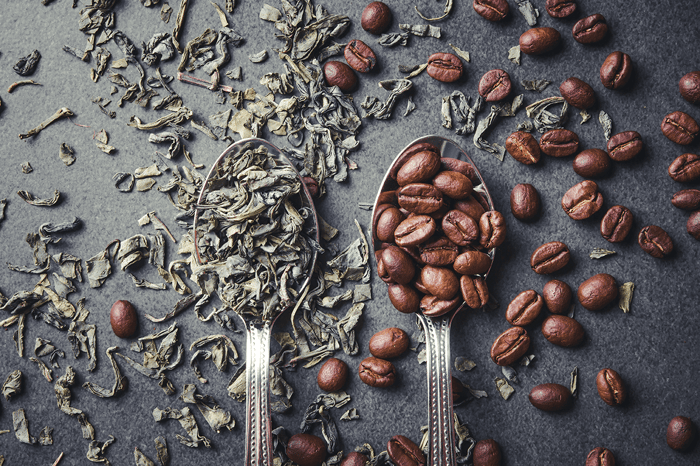Like nutty, citrusy, and floral, “bright” is one of those words that doesn’t really mean anything. It’s a word that people use to describe coffee when they want to sound like they know more about coffee than you do—but you and I, we both know they’re lying.

Just kidding—but you secretly wished that was the answer, didn’t you?
“Bright” coffee does have a meaning—but just like all those terms that wine experts toss around, it’s a little difficult to pin down, and harder still to explain. But that won’t stop me from trying.
When it comes to coffee, “brightness” can be a little confusing.
So let’s attack the definition of bright coffee, bit-by-bit:
What is Brightness?
Brightness describes the flavor of a certain coffee.
In short, it’s the flavors of coffee that aren’t the standard coffee flavor.
Examples: Fruity, citrusy, nutty, chocolatey, watermelon-y (yes, I’ve encountered this coffee in the real world, and I don’t recommend it for any reason).
Coffee that isn’t “bright” isn’t necessarily “dark,” though to confuse matters, dark roasted coffee can certainly be less bright than lighter roasts.
Coffee without bright notes is basically just… “coffee flavored.” With no other flavors hanging around to distract your taste buds from its core flavor.
While the actual flavors of brightness vary widely depending on the coffee, it can help to think of brightness as adding a spice to a recipe to add an unexpected “differentness,” or a “tang,” or an extra “kick.”
For instance, there are some people who do things like simmer a cinnamon stick with ground beef, before they add it to a recipe. This gives a more complex flavor to the recipe, without overpowering the taste of the beef itself.
Another example would be adding dill relish to tuna salad, or marinating some filets of salmon in apple cider vinegar before cooking.
In fact, the end results of marinating in general could be considered adding “brightness” to those foods, whereas simply cooking the beef, or pork, tofu, or what have you over heat would result in a distinct lack of brightness—but that doesn’t mean those things can’t be absolutely delicious on their own.
It’s the same when it comes to bright and un-bright coffee.

What makes some coffees brighter than others?
The brightness of a certain coffee depends on how the beans were roasted and processed, as well as the type of beans/where they came from.
Coffee beans can actually pick up flavors from the soil—including nearby crops!
This all makes sense. I thought you said this was confusing?
About that… I’ve been saving that part.
The confusing aspect of brightness is that, in the coffee world, the term “acidity” is used to mean the exact same thing.
But bright coffee isn’t necessarily acidic.
What.
Right. When coffee professionals are speaking about acidity, they’re not actually referring to a pH level.
Not usually, anyway.
And most people who aren’t coffee professionals don’t have a great relationship with the word “acidic.”
That may be why the term bright is used in place of acidic more and more these days. (I’ve seen these terms used in marketing as “bright and acidic” quite a bit).
To make things a little more confusing, some people in the coffee world know that “acidic” isn’t going to be used to mean “bright,” so they actually do reserve “acidity” for describing coffee’s acid level. It’s a big clusterfuck, and all we can really do is wait for the usage of “acidic” as a synonym for “bright” to die out over generations—and in the meantime just keep asking people what they mean when they use it.
Conclusion
In conclusion, bright coffee isn’t necessarily better or worse than coffee that isn’t bright.






